How many projects have you failed due to poor project requirement gathering? Are you ready to alter your project gathering technique? This article is for you.
Set yourself up for victory as we are going to shed some light on tips and tricks to project requirement gathering and effective documentation.
Project Requirement Gathering: what is it? How does it work?
Are you working on new software? Is your team struggling to build a higher-quality end product? Know that a software product is unmanageable if your team associates fail to collect precise project requirements, to begin with.
Typically, project requirement gathering or project elicitation is a practice applied to gather or capture functional and non-functional requirements linked to the product idea. From its capability, usability, features, operations, to anything correlated to its user-interface, security, performance, stability, and technical specifications.
The exercise is carried out by a product manager alongside the development team at the very beginning, and it must answer the following queries:
- When should the project be marked as ‘completed’?
- How can stakeholders be grouped?
- What could be the possible problems associated with the project?
- What is the objective of the project?
Why Project Requirement Gathering is important?
Reminisce the last disastrous project you managed; could you discover the risks that were not catered?
Roughly, 70 percent of the software projects fail for the reason that they did not deliver the outcome expected by the stakeholders and end-users. The results that came to light were:
- Inadequate project requirements gathering and documentation
- Poor risk management
- User engagement almost non-existent
- Poor supervisory
Take an example, a client lands to you and asks you to build a WordPress website to support his floral business. Eventually, it turns into a full-fledged e-commerce app due to the constant addition of features from his side.
The example is given to explain “Scoop Creep” as it is one of the main reasons for a disastrous project.
Project management teams find it hard to translate exact needs into product deliverables because oftentimes as the project unfolds, stakeholders’ requests and priorities change recurrently during the development phase.
Henceforth, project gathering document aids as a blueprint for the client to better understand the project and what to expect from it.
What are the proven methods for project requirement gathering?
As soon as the project’s sole purpose, goalmouth, and expectations are communicated to the investors, project requirement gathering practice must start right away.
Here are some handy tips for your project requirement gathering need:
1- Don’t assume you know what the customer wants
Do not come to clients’ meetings with preconceived notions; the first step is to understand their NEEDS. What is the outcome they are aiming for? And what issues is it going to resolve?
Every project has its sole needs, intricacies, and explanations. Therefore, in a meeting, ensure you stay intent and carefully listen to the whole idea.
Do you take notes or rely on other associates? Because odds are they never write them down. In the meeting, it may occur to you that you can dredge up the entire discussion but then again after minutes you may forget major chunk from it.
Often, the client does not know what they truly want. They come up to talk about a vague concept with an expectation from you to point them in the right direction. As the prospect is entirely dependent on you, make sure you ask every possible question and deliberate imaginable scenarios to help him out.
Prepare a deliverable for the meeting, prepare a requirement questionnaire, and cook an agenda because this is how you will get answers. Eventually, the whole idea of the meeting was to collect the answer to questions that you and he did not have.
After the meeting is finished, give yourself a good 10-15-minute period to review your notes. Here you prioritize the primary items and identify red-flags.
Bear in mind to send notes to your internal project team after you’re done rereading. At long last, send a final note to your client once the red-flag items and priority matters are identified by you and your project team.
2- Data Gathering and Requirement Elicitation
This single-day session covers handy techniques for successful product gathering, aid in brainstorming constraints and expectations, and disseminate those to the project stakeholders just to avoid communication gaps and deliver the project on time, within the defined budget, lacking bugs.
The Program contains:
- Design a questionnaire or survey to capture requirements from all the stakeholders
- Hold a group video or audio call to personally engage all the stakeholders to gather their separate requests
- Focus on primary stakeholders i.e. top executives or owners of the product to arrange one-to-one meetings
- Group thinking is the best way to explore requirements
- Do a critical analysis of existing practices & best practices
3- Data Analysis Aka Document Analysis
Document analysis is a systematic procedure for rereading and assessing existing documents to gain an in-depth understanding, elicit meaning, and develop a scope. Project Managers review the document in order to derive primary agendas and acquire the essence of the product.
The documents utilized are:
- Agreements
- Business plans
- Proposals
- Current process flows
- Use cases
- Issue logs
- Policies & procedures
- Regulatory documents
4- Prototypes
This method provides numerous benefits to get early feedback from the stakeholders and end-users as well. You provide a working model that has almost every important feature that is related to the product.
The model itself pretty much reflects how the end product will look like. It enables you to craft a potential solution to achieve the exact look and feel stakeholders require. It also saves money, time, and help alleviate the risk factors allied.
Take Away
Project decision-making is a critical process whereby the Project Manager and team associates come up with the best strategies, tactics, and suitable actions for successful product delivery.
The above-mentioned four methods can prove to be pretty helpful on the road to proficient project requirement gathering.
We say collecting project requirements is an art. vteams has a team of skillful experts who knows how to perform the job well.
If you are looking to hire project managers or project development teams, vteams would be glad to assist you with the work.
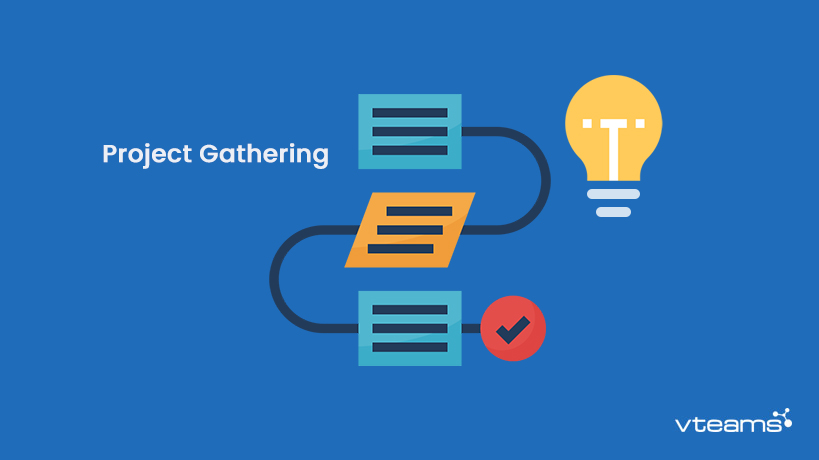





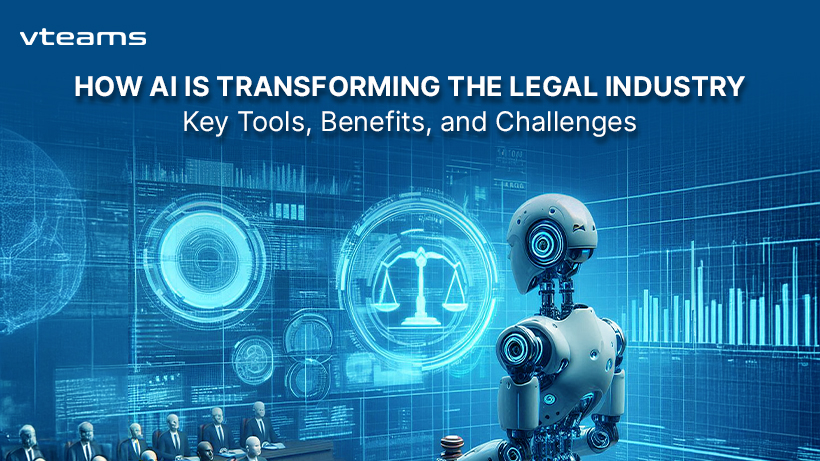
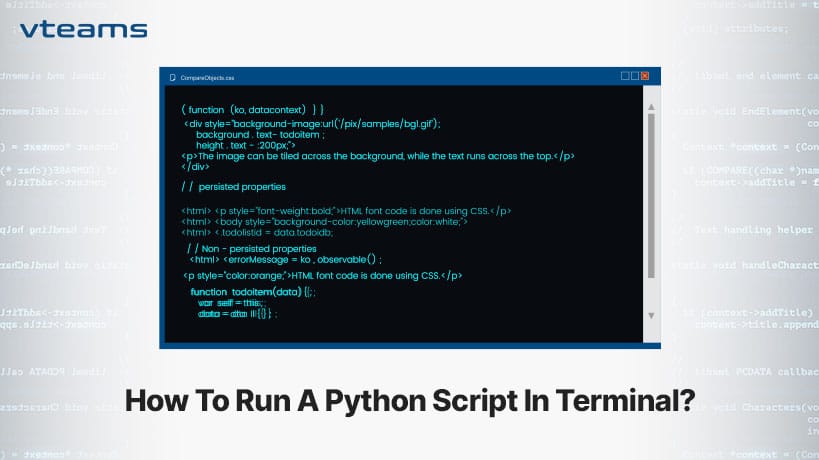
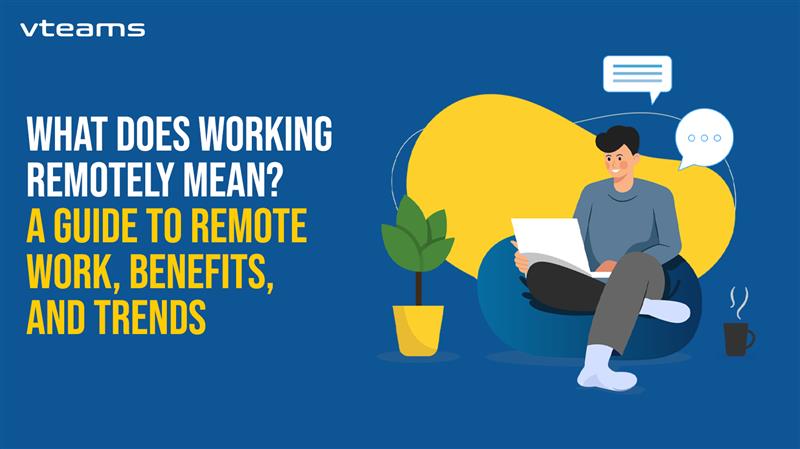
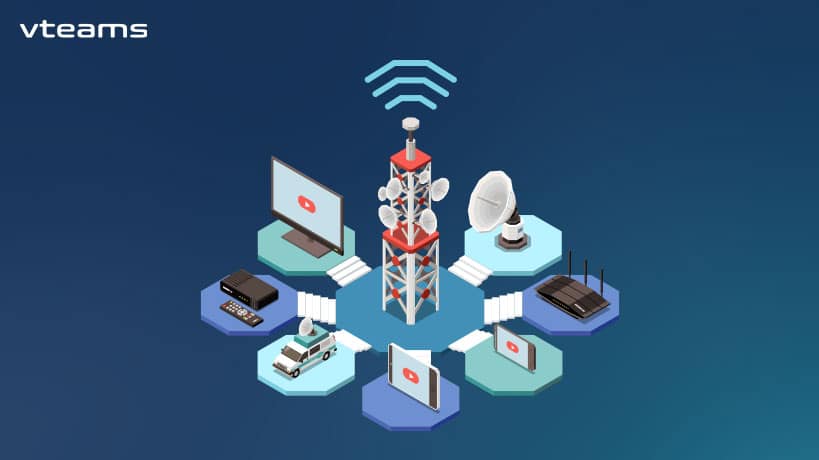
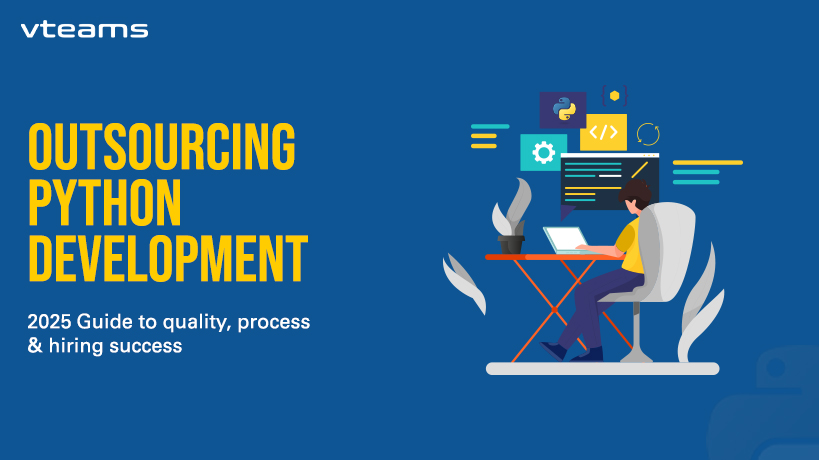



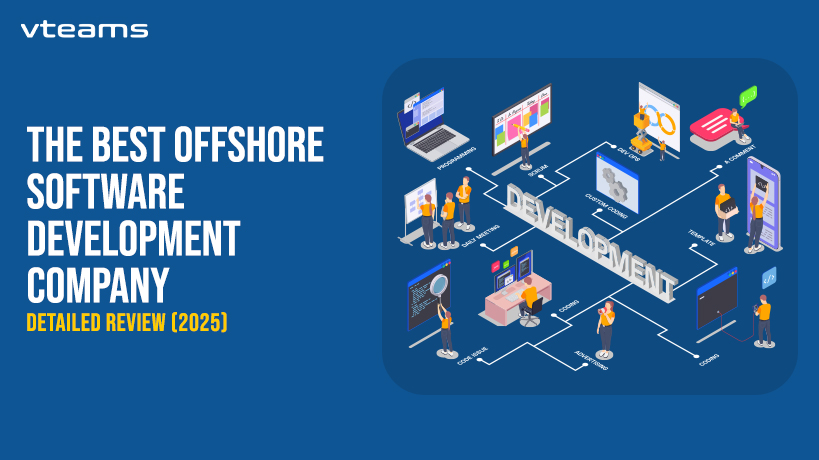
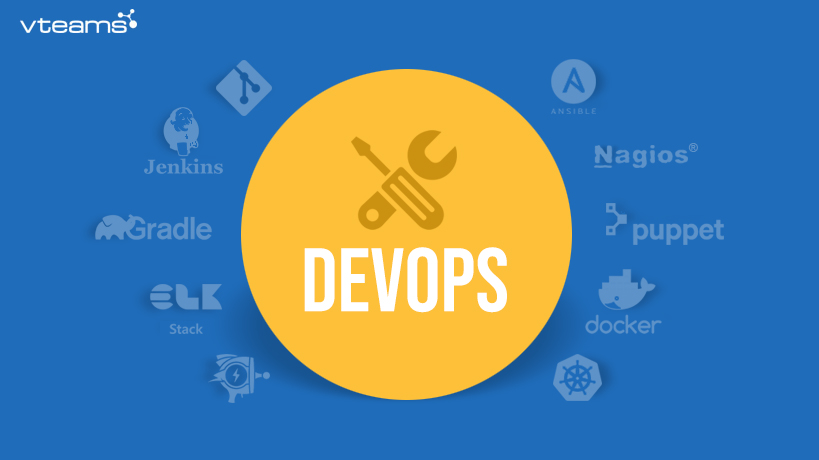
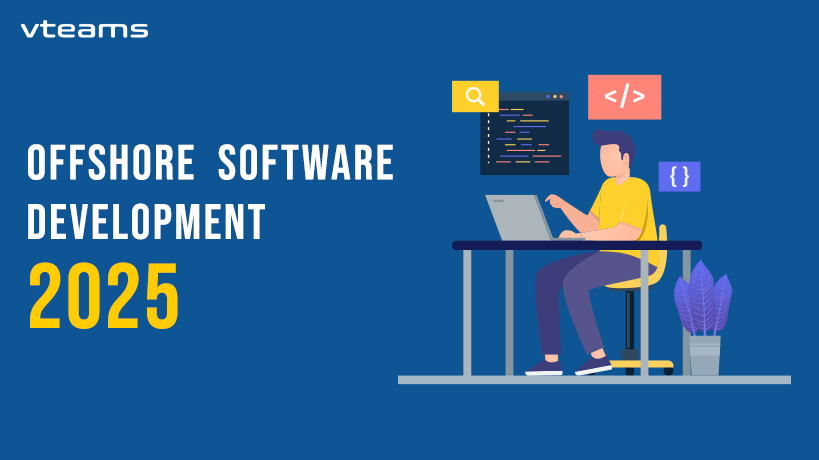
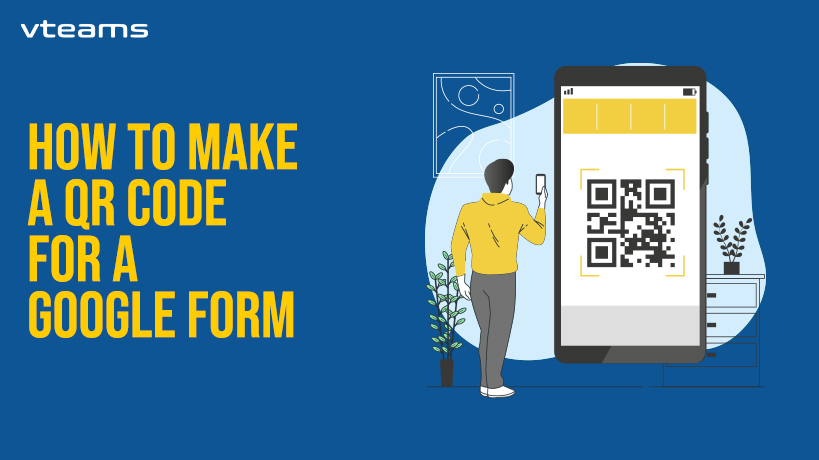
0 Comments